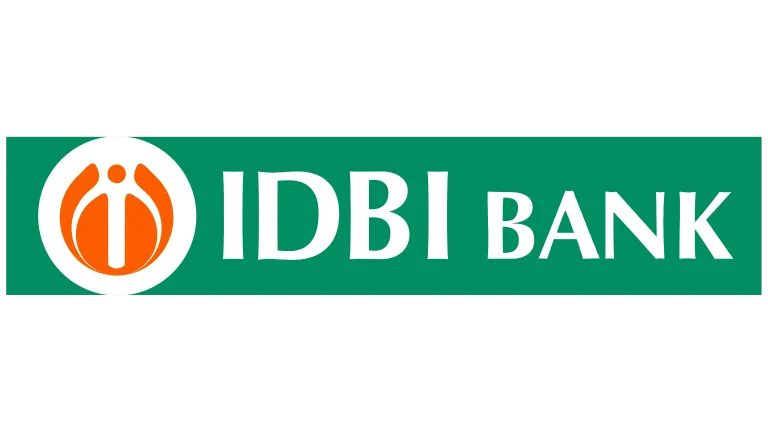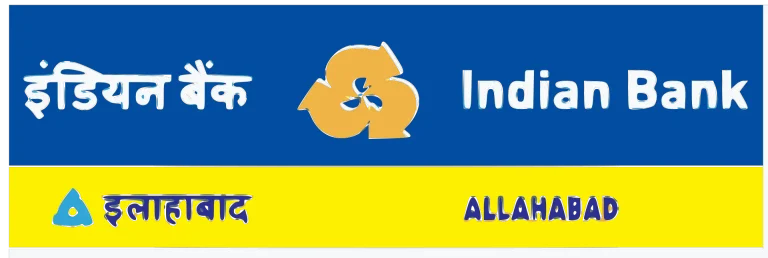HDFC Bank – SWIFT codes in India
HDFC Bank – SWIFT codes in India
HDFC BANK LIMITED – SWIFT Code
| SWIFT CODE | HDFCINBB |
|---|---|
| BANK | HDFC SECURITIES LIMITED |
| ADDRESS | HDFC BANK HOUSE SENAPATI BAPAT MARG PAREL |
| CITY | MUMBAI |
| BRANCH | |
| POSTCODE | 400013 |
| COUNTRY | India |
HDFC Bank is India’s largest private sector bank by assets and market capitalization. Founded in 1994, the bank has grown rapidly over the past two decades to become a financial powerhouse with a pan-India presence and a diversified business model spanning retail banking, wholesale banking, and treasury operations.
Corporate Profile
Headquartered in Mumbai, HDFC Bank is led by Managing Director and CEO Sashidhar Jagdishan, who took over from Aditya Puri in October 2020 after a 26-year stint at the helm. As of March 2023, the bank had total assets of Rs. 20.7 trillion ($253 billion), total deposits of Rs. 16.6 trillion ($203 billion), and net profit of Rs. 414 billion ($5.1 billion) for FY23. The bank’s main subsidiaries include HDFC Securities (broking), HDB Financial Services (NBFC), HDFC Life (life insurance), HDFC ERGO (general insurance), and HDFC AMC (mutual funds).
Retail Banking
The bank’s retail banking business offers a wide range of products and services to over 70 million customers through its network of 6,342 branches and 18,130 ATMs across 3,188 cities/towns. These include savings and current accounts, fixed and recurring deposits, personal loans, auto loans, home loans, credit cards, debit cards, forex cards, and private banking. The bank is also a leader in digital banking with over 50% of transactions now taking place through its mobile and internet banking platforms.
Wholesale Banking
HDFC Bank’s wholesale banking business caters to the needs of large and mid-sized corporations, SMEs, financial institutions, government entities and high net worth individuals. It offers a full suite of commercial banking products and services, including working capital finance, term loans, trade finance, cash management, foreign exchange, and investment banking. The bank also has a strong presence in the infrastructure and real estate financing space through its specialized SBUs.
Other Business Segments
Apart from its core banking operations, HDFC Bank also has several subsidiaries and associates in other financial services domains:
Technology and Innovation
HDFC Bank has been at the forefront of leveraging technology for enhancing customer experience, improving operational efficiency and driving business growth. It has made significant investments in its digital and IT infrastructure to support initiatives like mobile banking, net banking, digital lending, API banking, and conversational banking.
The bank has also partnered with several fintechs and tech startups to co-create innovative solutions in areas like payments, blockchain, artificial intelligence and cloud computing. For instance, it has launched a digital lending platform called PayZapp that uses AI and machine learning for instant loan approvals and disbursals. It has also implemented blockchain for trade finance and KYC purposes.
Risk Management
Given its size and systemic importance, robust risk management is a key priority for HDFC Bank. The bank has a comprehensive risk management framework that spans credit risk, market risk, operational risk, liquidity risk and other non-financial risks.
Its credit risk management involves rigorous underwriting standards, risk-based pricing, portfolio diversification, and proactive monitoring and recovery. The bank’s gross NPAs stood at 1.17% as of March 2023, among the lowest in the industry, while provision coverage was healthy at 73%. However, the bank’s asset quality faces near-term pressures from the economic fallout of COVID-19.
On the operational risk front, the bank has strong internal controls, compliance procedures, and business continuity plans. It has also fortified its cyber risk management in view of rising digital adoption and remote working norms. However, it has faced some regulatory strictures in the recent past, including a temporary halt on new credit card issuances and digital 2.0 initiatives due to outages.
ESG and Sustainability
HDFC Bank is committed to integrating ESG considerations into its business practices and contributing to sustainable development. Some of its key initiatives in this area include:
Financial Performance
HDFC Bank has consistently delivered strong financial performance over the years, outpacing peers on most metrics. Some of the key highlights for FY23:
Growth Strategy and Outlook
Going forward, HDFC Bank aims to cement its leadership position in the Indian banking sector while pursuing profitable and sustainable growth. Its key strategic priorities include:
In terms of inorganic growth, the bank’s proposed merger with parent HDFC Ltd, India’s largest housing finance company, is a key development to watch out for. The merger, subject to regulatory approvals, is expected to be completed by Q2 FY24 and will create a financial conglomerate with a large balance sheet and a diversified business mix.
However, the bank also faces certain headwinds such as increasing competition from public sector banks, small finance banks and fintechs; potential asset quality pressures in the post-COVID environment; and regulatory risks around governance and business conduct. Managing these challenges while sustaining its growth momentum will be key to HDFC Bank’s future prospects.
Conclusion
In conclusion, HDFC Bank’s strong market position, diversified business model, robust franchise, and proven execution capabilities position it well to navigate the challenges and capture the opportunities in the Indian banking sector. With a healthy balance sheet, strong capital adequacy (20%+ CAR), and a conservative risk management approach, the bank is well-placed to weather economic cycles and regulatory changes.
However, sustaining its premium valuations (3.5x P/BV) in the face of increasing competition and potential growth moderation in the core banking business could be a challenge. That said, the proposed merger with HDFC Ltd could be a game-changer, giving the bank greater scale, synergy benefits, and cross-sell opportunities to drive its next leg of growth. Overall, HDFC Bank remains a top pick in the Indian BFSI space for long-term investors.
FAQs
- What makes HDFC Bank the largest private sector bank in India?
HDFC Bank is the largest private sector bank in India by assets, deposits, advances, and market capitalization. As of March 2023, the bank had total assets of Rs. 20.7 trillion, total deposits of Rs. 16.6 trillion, and a market capitalization of over Rs. 9 trillion. The bank’s scale, reach, brand, and financial performance are key factors behind its market leadership.
- How has HDFC Bank leveraged technology for growth and innovation?
HDFC Bank has been a pioneer in leveraging technology for enhancing customer experience, improving operational efficiency, and driving business growth. It has made significant investments in digital banking channels like mobile and internet banking, AI-powered chatbots and voicebots, and API banking solutions. It has also partnered with fintechs and startups to co-create innovative solutions in areas like payments, lending, and blockchain.
- What are the key risks facing HDFC Bank currently?
Some of the key risks facing HDFC Bank currently include:
- Asset quality pressures in the retail and MSME segments due to the economic impact of COVID-19
- Increasing competition from public sector banks, small finance banks, and digital-only banks
- Regulatory risks around governance, data privacy, and business conduct
- Potential integration challenges and cultural differences post-merger with HDFC Ltd
- Cyber security threats and IT system vulnerabilities due to increasing digitization
- How is HDFC Bank promoting financial inclusion and sustainability?
HDFC Bank has a strong focus on promoting financial inclusion and sustainable development through various initiatives like:
- Providing low-cost finance for green projects in renewable energy, waste management etc.
- Expanding its presence in rural and semi-urban areas through branches and business correspondents
- Running financial literacy camps and skill development programs for underbanked communities
- Integrating ESG considerations into its credit appraisal and risk management frameworks
- Supporting healthcare, education, and rural development projects through its CSR programs
- What is HDFC Bank’s strategy for international expansion?
HDFC Bank has a selective approach to international expansion currently, focusing on serving the cross-border banking needs of its domestic clients and the Indian diaspora. It has branches in Bahrain, Hong Kong, and Dubai, and representative offices in Abu Dhabi, Kenya, and Nairobi. Going forward, the bank may explore strategic opportunities in other international markets, but the focus is likely to remain on consolidating its domestic franchise and leveraging the growth potential in the Indian market.





